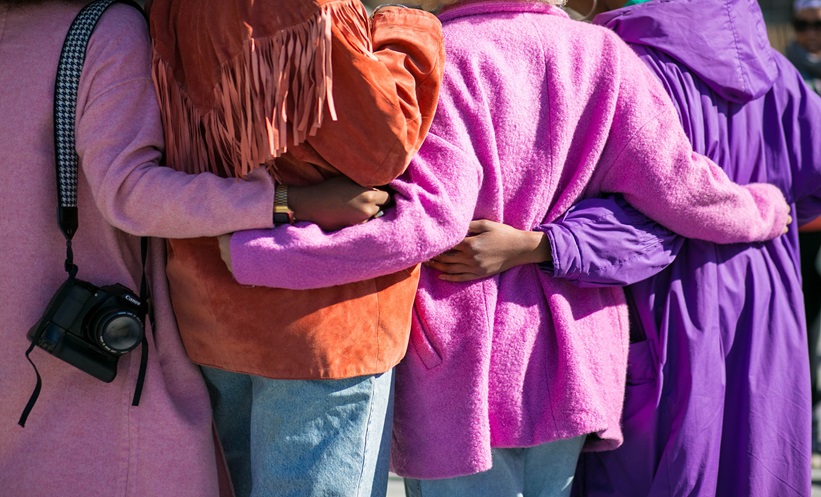FEMALES with ovarian cancer have a higher likelihood of hospital mortality if they are Black, American Indian, Asian, and Hispanic, when compared with their White counterparts, according to a recent study. Patients in these underrepresented groups experienced lower hospice mortality odds versus White females. This work hones in on the important topic of end-of-life care, and suggests focal points for reducing the burden of conditions like ovarian cancer on patients with prolonged treatment courses.
This research made use of the Centers for Disease Control and Prevention (CDC)’s Wide-ranging Online Data for Epidemiologic Research (WONDER) database, and evaluated 237,069 American females with ovarian malignancy as their primary cause of death between 2003–2019. The investigators assessed associations between patient characteristics and location of death, including hospital, home, nursing facility, hospice facility, and outpatient medical facility, or emergency department.
Black (adjusted odds ratio [OR]: 1.69; 95% confidence interval [CI]: 1.63–1.74), American Indian (adjusted OR: 1.47; 95% CI: 1.30–1.66), and Asian (adjusted OR: 1.54; 95% CI: 1.46–1.62) females with ovarian cancer had higher likelihoods of in-hospital mortality compared with their White (P<0.001 for all) counterparts. Plus, Black (adjusted OR: 0.93; 95% CI: 0.89–0.98), American Indian (adjusted OR: 0.57; 95% CI: 0.45–0.72), and Asian (adjusted OR: 0.66; 95% CI: 0.60–0.72) females with ovarian cancer all had lower odds of hospice mortality compared with White females (P<0.001 for all).
The researchers also observed a higher likelihood of in-hospital mortality (adjusted OR: 1.24; 95% CI: 1.19–1.28), and a lower likelihood of hospice mortality (adjusted OR: 0.93; 95% CI: 0.88–0.98) among Hispanic females with ovarian cancer compared with non-Hispanic females (P<0.001 for both). Those with a college education had higher odds of mortality at home (adjusted OR: 1.09; 95% CI: 1.08–1.12) and in hospice (adjusted OR: 1.18; 95% CI: 1.15–1.21) compared with females without a college education (P<0.001 for all). College-educated females also had lower odds of in-hospital (adjusted OR: 0.9; 95% CI: 0.88–0.92) and nursing facility (adjusted OR: 0.83; 95% CI: 0.80–0.85) mortality compared to females without a college education (P<0.001 for all).
The results from this work clearly identify that racial and ethnic minority groups would benefit from better resources for culturally sensitive end-of-life care, communication, and advanced planning. Findings are expected to provoke more proactive decision-making amongst clinicians, and allow patients to think ahead.







